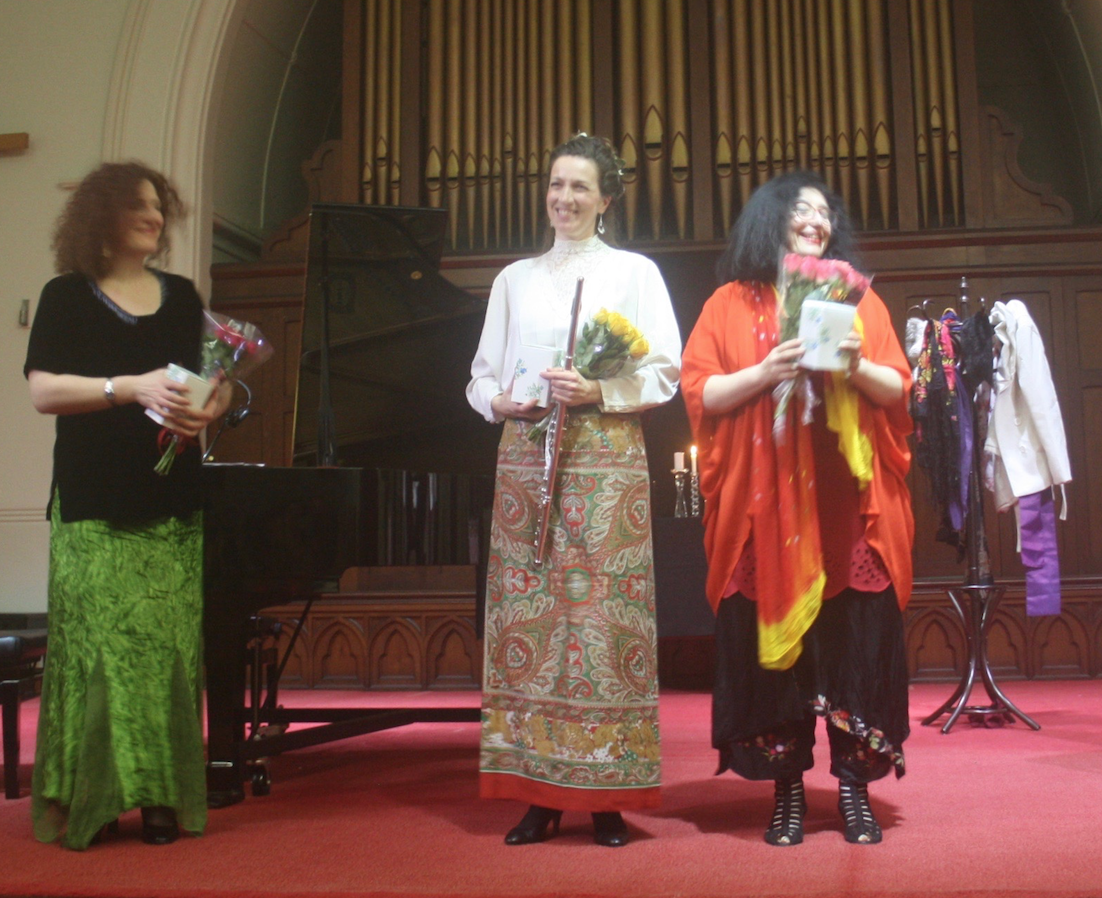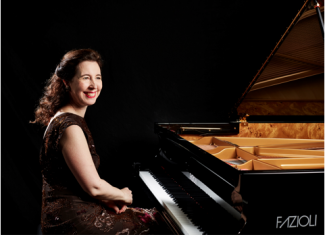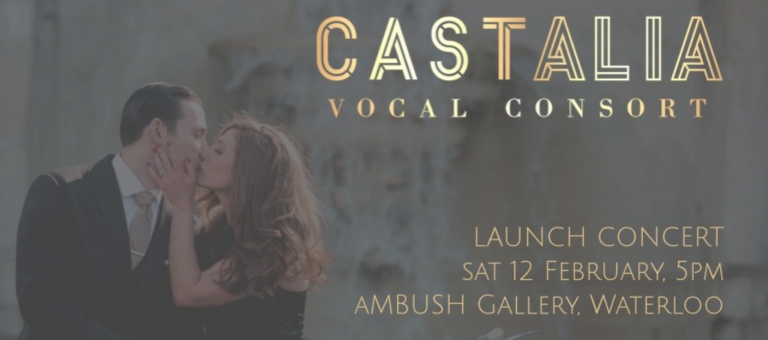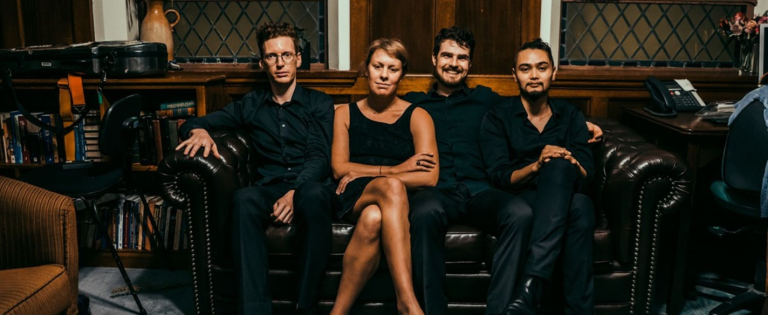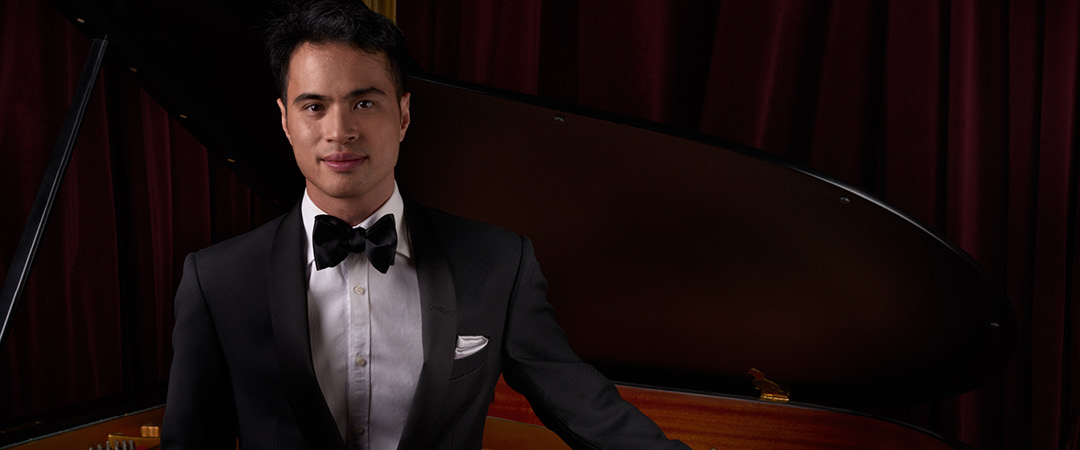‘Les Troyens’ Met Opera in HD reviewed

As part of their hugely popular Met Opera in HD series, the Palace Cinemas recently screened Berlioz’ epic opera Les Troyens, Francesca Zambello’s acclaimed 2003 production with Fabio Luisi conducting a cast led by Byran Hymel in the central role of Aeneas, the hero who flees the ruins of Troy for a new set of challenges in the North African kingdom of Carthage.
Deborah Voigt reprises the role of the cursed Trojan prophetess Cassandra, which she sang in the new production premiere, and Susan Graham makes her Met role debut as Dido, the noble but heartbroken Queen of Carthage.
Ben Oxley shares his thoughts:
Hector Berlioz is the remarkable revealer of mysteries, reveries and epic tales. In his opera Les Troyens, he draws on Virgil’s account of the ancient civilizations of Troy, Carthage and their aggressors. Running at 5 hours and 20 minutes, it may not be for the attention-challenged but it lives up to expectation as an epic re-defined.
Bringing this piece to the stage, and to the silver screen asks questions of director, conductor and creative team. Stay calm, because Francesco Zambello is in charge, fresh from Handa Opera on Sydney Harbour. She is revisiting this production 10 years on and relishes working with the large ensembles.
We start backstage, actually onstage behind the famous velvet curtain, with introductory excitement from no less than Joyce Di Donato, herself starring in the new Roberto Devereaux, bubbling amid the 110+ Met Chorus and mechanists.
Oh, and there’s a new tenor! Flying in from London, rehearsing on Christmas Eve and venturing into the role for the first time in New York, tenor Brian Hymel’s debut rates as high as the cost of the production. At 33, he produces clarion high notes, and suave pianissimi bringing welcome Gallic élan. This is sheer artistry. In fact, it appears to inspire the production’s tenors to greater heights.
In 2012 Sydney audiences were promised Deborah Voigt in a recital of Wagner and Strauss. In Les Troyens, she is on less-familiar ground. It is not unlike Walküre’s Brünnhilde in range, but perhaps the language eludes her. Her character Cassandra makes use of her large eyes, prophesying the downfall of her nation at every turn.
Moving on to what is perhaps the most gorgeous act of music in the Carthage Scene, praise belongs to conductor Fabio Luisi for creating such a lush accompaniment to both singers and ballet.
Susan Graham, who has visited us in Sydney recently, does relish the language and style of Berlioz. She brought superb phrasing and dramatic voice to Didon. Her affection for her people is in stark contrast to to Cassandra.
The ensemble drawn for the piece has some notable success – Karen Cargill as Anna a burnished alto, Eric Cutler as Iopas brings real beauty to his aria; and Narbal, chief minister sung by Kwangchul Youn.
The work shows the depth of talent in the Metropolitan Opera Orchestra who are well worth hearing.
Ben Oxley for SoundsLikeSydney©
Ben Oxley is a singer, vocal consultant and theatre reviewer.



